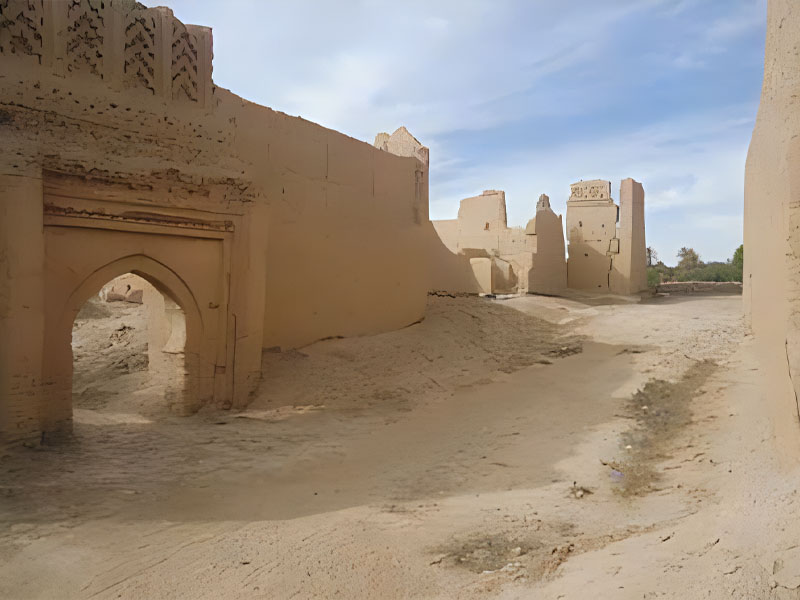Deterioration and efforts to rebuild the architectural heritage of the Moroccan oases: The example of the Tafilalt oases
Issue 42

By Abdulaziz Buyahyawi
The Tafilalt oases have an important architectural heritage that reflects the region’s established culture, authentic history and local identity. This rich heritage also reflects the experience, skills and solidarity of the people of the oases. This material heritage takes the form of structures, fortresses and the ruins of the archaeological site of the historical city of Sijilmasa. Most of these historical landmarks have been neglected; there are signs of aging, poor maintenance and a lack of renovation. The link between the physical structures and their functions has deteriorated. As a result, many of these landmarks have disappeared, and there is a risk that the remaining structures will collapse partially or entirely; in the best-case scenario, they will be replaced by concrete buildings that have no connection to the original buildings.
In recent years, a number of official institutions interested in reconstruction, culture and local development have intervened to renovate some of the palaces and fortresses. This began with the Ministry of Culture and the Umran Foundation, and with the contributions of international programmes and organisations such as the Tafilalat Oases Programme. However, these efforts are limited and selective, and they do not reflect the true value of this heritage, which has always included the outstanding architecture of the oases. This architecture is so valuable that it merits development that takes its environment into account.
Despite the efforts that a group of official bodies have made to renovate the palaces and towns of Tafilalt, there has been no significant intervention at the ruins of the archaeological site of Sijilmasa. Even the existing initiatives are very limited compared to the importance of the region’s architectural heritage. Now, the deterioration is even worse than before.
A clear and realistic strategy must be developed in order to preserve this unique historical legacy and make it a valuable resource for the region.
However, the process of restoring the architectural heritage of Tafilalt and making it a driver for development should be based on a holistic vision that takes into account local peculiarities without neglecting the growing influence of external factors. This cannot be achieved unless the palaces and towns are made stable and suitable for contemporary living. Otherwise, their role will be limited to tourist attractions, and we will renovate some while weeping over the ruins of others that have suffered from neglect and the denial of their glorious history.







































































